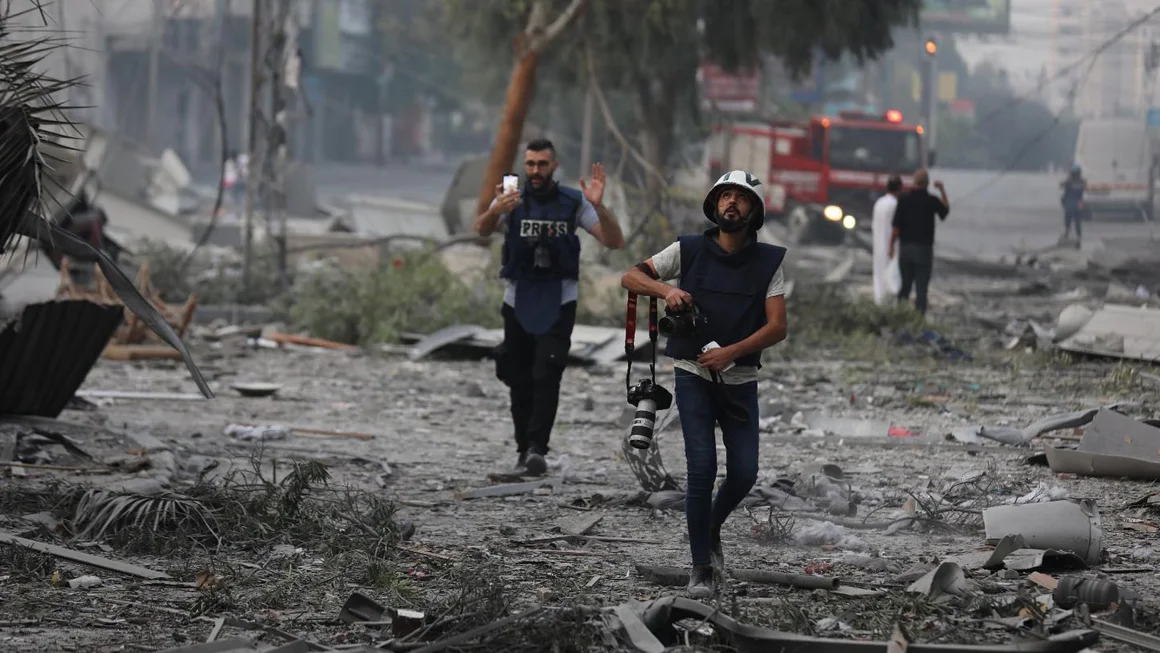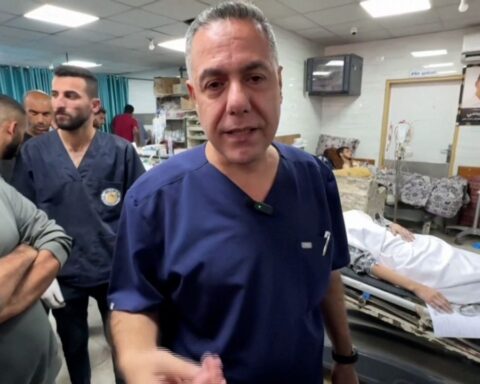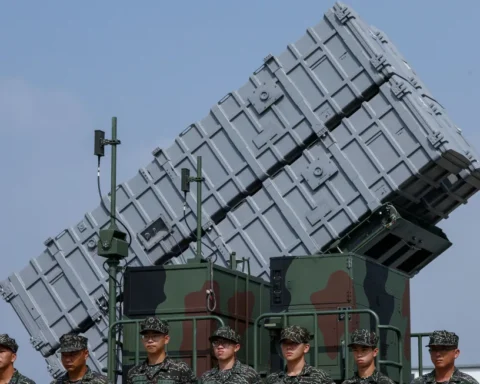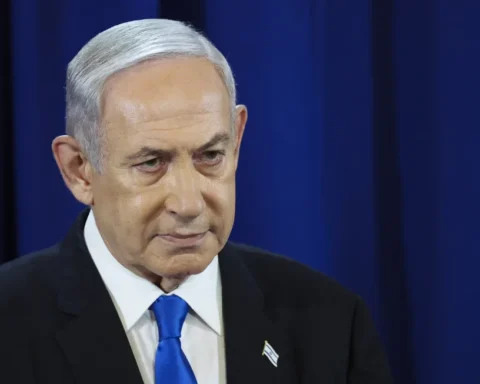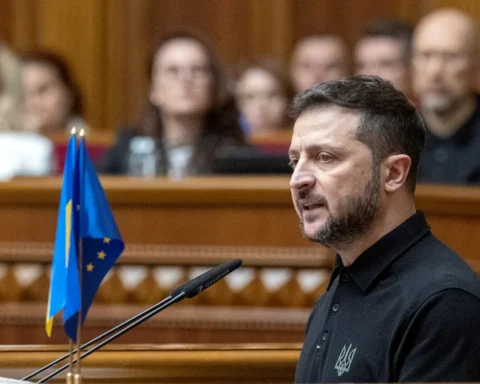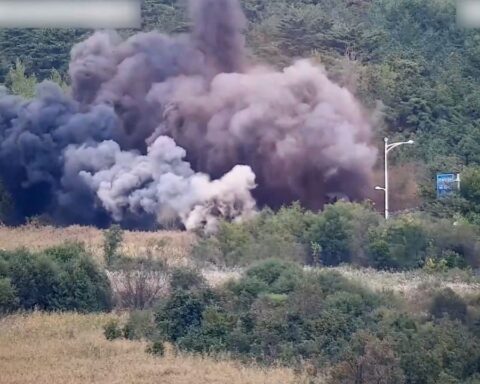Amid conflict, social media has become an indispensable tool for documenting war, and nowhere is this more apparent than in the current situation in Gaza. Palestinians, young and old, are turning to platforms like Instagram and X to share their harrowing experiences with millions globally, transforming from ordinary citizens into influential war correspondents.
On Christmas Day in Deir al-Balah, Gaza, Motaz Azaiza, a 24-year-old Palestinian photojournalist, voiced his fears of an imminent Israeli airstrike on his house, sparking widespread concern among his followers. Azaiza, who has been chronicling Israel’s military actions in Gaza since the start of hostilities with Hamas on October 7, has become a symbol of resistance and vulnerability for many. His followers, like Noor, a medical student in California, view him as a virtual family member, following his posts with admiration and dread.
Noor’s connection to Azaiza is a testament to the power of social media in war. She finds parallels in her life, having grown up during the Iraq War. To her, Azaiza’s and other Gazans’ posts are more than journalism; they are personal diaries of survival and suffering. This sentiment is echoed by Leyla Hamed, a London-based sports journalist, and Kanwal Ahmed, a filmmaker in Toronto, who both follow Palestinian social media accounts as part of their daily routines, worrying about the safety of these virtual family members.
The role of social media in war reporting is particularly crucial in Gaza, where traditional media coverage is scarce due to restrictions on journalistic access. Israel’s offensive, a response to Hamas’ attack on October 7, has led to significant casualties and a humanitarian crisis. Eyewitness accounts from Palestinians provide a unique perspective on the conflict, offering real-time updates.
Plestia Alaqad, a young Gazan, transformed from a storyteller of Gaza’s beauty to a war reporter overnight, her videos and photographs reaching millions worldwide. Her experience underscores the unintended role many Gazans have assumed in the face of war. Motaz Azaiza and others like him offer a rare insight into the human cost of the conflict, their posts often marked with “sensitive content” warnings due to their graphic nature.
This form of journalism is not without risk. The Committee to Protect Journalists reports a high number of casualties among journalists and media workers covering the war. Despite the dangers, these citizen journalists persist, driven by a sense of duty to showcase the reality of life in Gaza.
The impact of their work extends beyond the borders of Gaza, influencing international perception and policy. The growing support for Palestinians in the US and the increasing international pressure on Israel to cease its offensive highlight the power of these personal narratives.
The phenomenon of Palestinian social media reporting in Gaza is a poignant reminder of the human side of the conflict. It represents a shift in how wars are documented and perceived globally, offering an unfiltered, intimate view of the realities of war. As Noor aptly puts it, the least the world can do is witness these stories, ensuring that the voices of those like Motaz Azaiza are heard and not forgotten.


